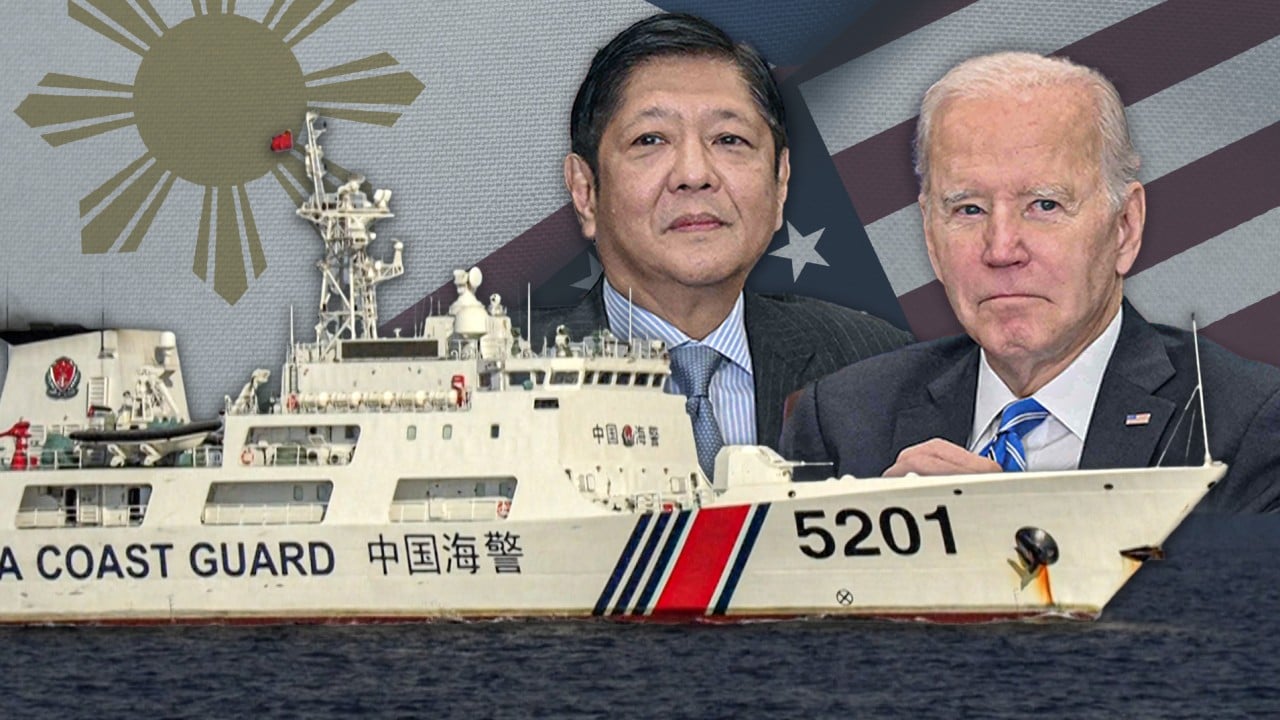
US drone use in South China Sea increases risk of ‘friction and misjudgment’, says Chinese analyst
- Hu Bo, director of a Beijing-based think tank, warns that drones being operated from the other side of the world increase the risk of pilot error
- Annual report into US military activity in the disputed waters also says the US has upgraded the drone fleet used to monitor the area
But Hu Bo, the director of the South China Sea Strategic Situation Probing Initiative (SCSPI), warned in a panel discussion about the report that the increased use of drones increased the risk of “friction and misjudgment”.
“Since October last year, the MQ-4C has completely replaced the MP-3E … so the generation upgrade was completed, at least in the South China Sea and Taiwan Strait region”, Hu said as he presented the think tank’s annual report on US military activities in the disputed waters.
The report said the model “has become the major force for US close-range reconnaissance on China after the second operational deployment of MQ-4C Triton in Guam last September”.
MQ-4C Triton, made by Virginia-based Northrop Grumman, is a high-altitude long-endurance unmanned aerial vehicle.
Hu said the more frequent use of unmanned systems means China’s “counter-reconnaissance” missions now take place around the clock, as the drones are usually controlled by US-based personnel and take place during US daytime – which is the middle of the night in China.
Beijing says Philippines made ‘illegal landing’ on South China Sea reef
That could increase the possibility of confrontation between the US and Chinese air force, said Hu, who is also the director of the Centre for Maritime Strategy Studies at Peking University.
The use of unmanned systems was “prominent” in joint missions with allies such as Japan and Australia, he added.
“The biggest problem of using unmanned systems for surveillance is that it will lead to friction and misjudgment on both sides, because first of all, the operation of unmanned systems of the US military is conducted from thousands of miles away,” Hu told Friday’s panel discussion.
“And it relies on radio waves, and the speed of unmanned platforms, especially aircraft, is very fast so the control of drones is not as precise as that of pilots on an aircraft.”
He also warned that drones that are being operated from the other side of the world might be subject to radio interference and highlighted the risk of a drone colliding with a crewed aircraft – a situation that would prove “more complicated” than one involving two UAVs.
Other crewed reconnaissance aircraft – including the P-8A and RC-135 – are also used for US surveillance missions above the South China Sea.
The report tracked about 1,000 US surveillance flights over the South China Sea last year – a similar level to the previous year.
About one tenth of these flights “closed in on the airspace of mainland China and southern Hainan Island” – with most of them coming within 30 nautical miles of the Chinese territorial sea baseline.
“The Pentagon has complained that the People’s Liberation Army interceptions are becoming increasingly dangerous or unprofessional, but the United States did not say where these interceptions occurred. In fact, most of the interceptions occurred near China’s airspace … so the Chinese have to take action,” Hu said.
South China Sea oil exploration ‘should not involve outside countries’: Beijing
But the US Air Force has acted with “certain amount of restraint” by keeping its distance from the Chinese baseline since November, after Presidents Xi Jinping and Joe Biden, met in San Francisco.
Lei Xiaolu, the vice director of the SCSPI, told the panel discussion that “existing codes for unplanned encounters at sea and air are not applicable to unmanned [military] vessels and aircraft.”
With these legal loopholes yet to be closed, China and the US should strengthen communication before an accident happens, she said.


